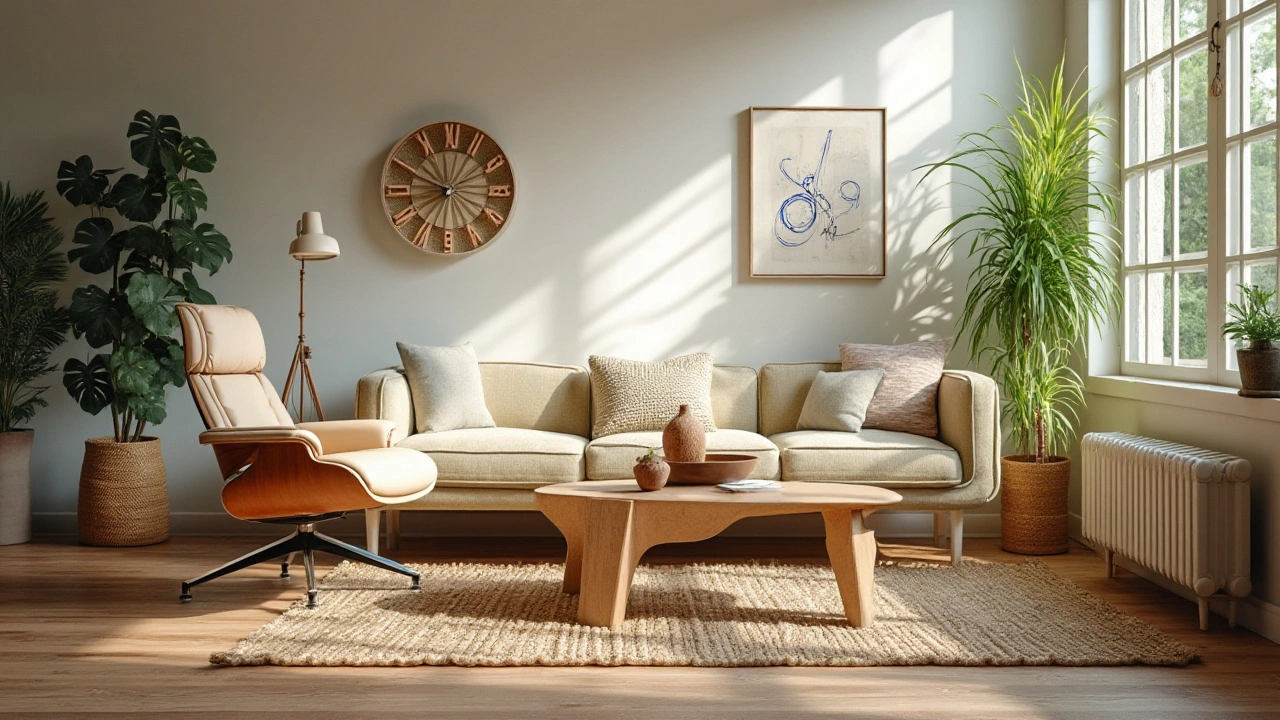Eco-Friendly Architecture: Practical Ways to Make Buildings Greener
Buildings are responsible for roughly 40% of global energy use, so what you change in one house, school, or office can cut waste fast. This page gives clear, useful steps you can use now — whether you’re restoring a historic home or planning a new build.
Start with the basics: orientation, insulation, and airtightness. Position living spaces to get winter sun and shade them in summer. Add insulation and seal gaps around windows and doors. Those moves lower heating and cooling bills immediately and make other upgrades work better.
Quick Eco-Friendly Upgrades
Want fast wins? Swap old lights for LEDs, add a smart thermostat, and install low-flow showerheads. Replace inefficient appliances with ENERGY STAR models. Fix leaky ducts and weatherstrip doors. These changes are affordable, often pay back within a few years, and are easy to combine with bigger projects.
If you’re working on an older home — like a Craftsman, Colonial, or Georgian house — focus on reversible upgrades. Insulate attic spaces, install storm windows or secondary glazing, and add draft-proofing around chimneys. You keep the character while cutting energy use.
Design Ideas That Save Energy
Think beyond gadgets. Passive strategies like natural ventilation, daylighting, and thermal mass can cut energy needs without ongoing costs. Use roof overhangs or porches to block high summer sun while letting low winter sun in. Add clerestory windows or light shelves to bring daylight deep into rooms and reduce reliance on electric lights.
Materials matter. Choose locally sourced, recycled, or rapidly renewable materials — reclaimed wood, recycled steel, hempcrete, or low-VOC paints. Historic masonry buildings, like Roman or Byzantine structures, show how thermal mass and thick walls moderate indoor temperature. You can borrow those ideas: exposed brick or stone inside can stabilize temperatures when paired with modern insulation.
Green roofs and rainwater capture are practical for urban sites. A planted roof reduces storm runoff, cools the building, and extends roof life. Rain barrels and simple cisterns cut outdoor water use and keep landscaping healthy without extra drinking-water demand.
Think lifecycle, not just first cost. Durable materials and easy-to-maintain systems save money and resources over time. Minimalist design reduces material waste and clutter — fewer finishes, clear details, and multiuse spaces lower the environmental footprint while staying stylish.
Use this checklist: optimize orientation, seal and insulate, upgrade lighting and HVAC, choose low-impact materials, add passive heating and cooling, and capture rain. Mix small fixes with a few bold moves and you’ll cut energy, save money, and keep the character of any building — from a Beaux-Arts facade to a modern minimal home.
Want examples? Browse our posts on Craftsman, Roman, and Beaux-Arts buildings for tailored tips on making historic styles work greener, or check modern articles for quick beginner guides to minimalism and efficient tech upgrades.

Mid-Century Modern's Impact on Sustainable Home Design
The appeal of mid-century modern design goes beyond its sleek lines and iconic furniture; it holds a significant role in today's sustainable design movement. By emphasizing function, simplicity, and the use of natural materials, mid-century modern principles align seamlessly with eco-friendly practices. This style encourages both durability and an appreciation for craftsmanship, making it a perfect fit for sustainable living. This article explores how mid-century modern approaches can be applied to create greener, more sustainable homes today.
Read more